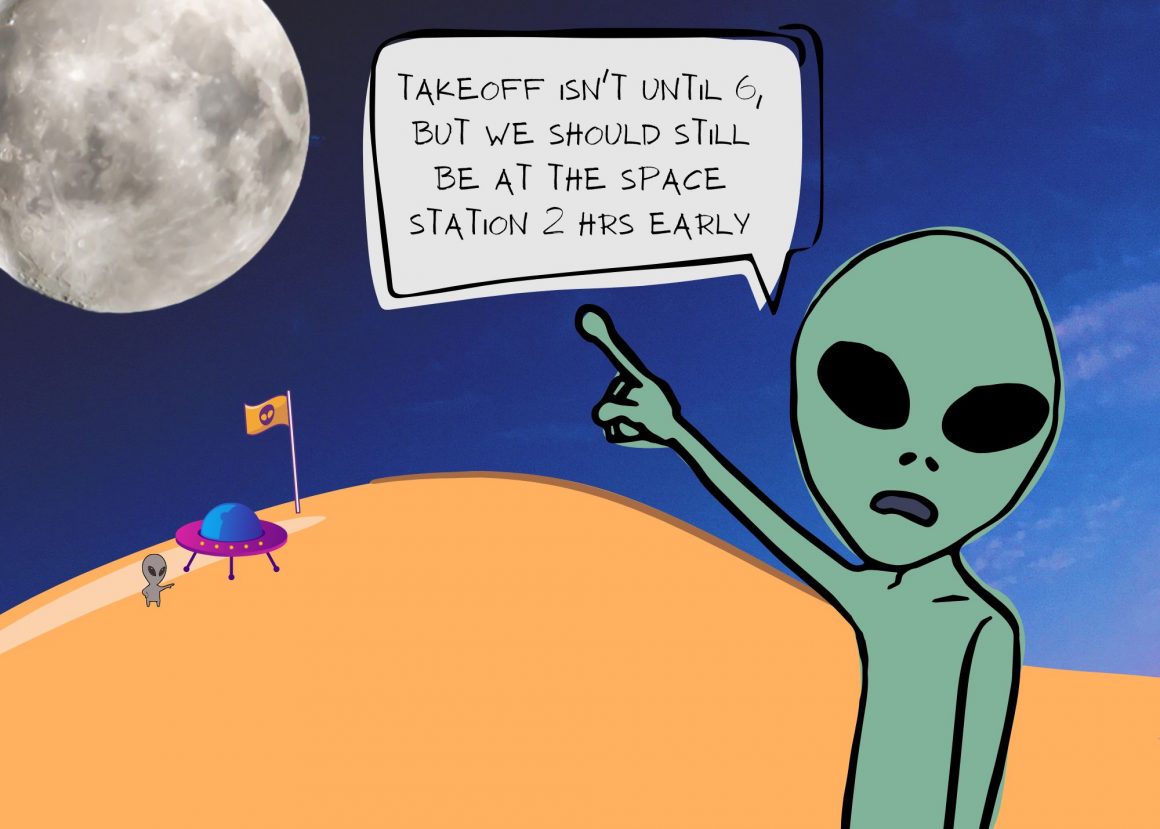
How do you tell time on the Moon?
By Sheroog Kubur, March 30 2023—
We know time on Earth is based on the rotation of the planet around the Sun, but would that be the same for telling time on the Moon? The European Space Agency (ESA) has brought attention to lunar timekeeping considering the dozens of lunar missions planned in the coming years.
“Throughout human history, exploration has actually been a key driver of improved timekeeping and geodetic reference models,” said ESA’s Moonlight Navigation Manager Javier Ventura-Traveset in a statement. “It is certainly an exciting time to do that now for the moon.”
The missions planned include building bases and habitats, which is why the ESA has been highlighting the importance of a standard clock for the Moon. Previous missions have all operated on their own timescale, using antennas to keep their clock synchronized with the Earth, based on the country of the mission’s origin. Giving the Moon its own time zone would have navigational and guidance benefits.
“We agreed on the importance and urgency of defining a common lunar reference time which is internationally accepted and towards which all lunar systems and users may refer to,” said Pietro Giordano, a system navigation engineer at the ESA. “A joint international effort is now being launched towards achieving this.”
A lunar time zone has also been in discussion within NASA as well as the 25th anniversary of the International Space Station (ISS) approaches. It currently operates on Coordinated Universal Time (UTC), where the time difference is split among NASA, the Canadian Space Agency and partnering international agencies. However, the distance between the Moon and the Earth means that coordinating those clocks is difficult, resulting in a one-second delay.
“The experience of this success can be re-used for the technical long-term lunar systems to come, even though stable timekeeping on the Moon will throw up its own unique challenges — such as taking into account the fact that time passes at a different rate there due to the Moon’s specific gravity and velocity effects,” said Jörg Hahn, an advisor at the ESA for lunar timekeeping.
The problem with time on the Moon is that Moon clocks would run faster than their Earth equivalent due to their lower gravitational force, adding about 56 microseconds to each day.
“This will be quite a challenge on a planetary surface where in the equatorial region each day is 29.5 days long, including freezing fortnight-long lunar nights with the whole of Earth just a small blue circle in the sky,” said a member of the Moonlight Management Team for the ESA’s Directorate of Human and Robotic Exploration, Bernhard Hufenbach. “But having established a working time system for the moon, we can do the same for other planetary destinations.”
Another major debate is whether or not the time zone should be decided on by a single agency or as a collaboration between multiple different ones. A solution posed was a lunar version of the International Bureau of Weights and Measures, which defines units of measurement on Earth.
This discussion was first opened last November at the ESA’s ESTEC meeting. It was part of the larger “LunaNet” one — an effort to expand the network of lunar travel to aid with navigation, detection and information, and research endeavours. This would allow communication between the two planets to be on a need-be basis, as opposed to the current model of scheduled network communication.
